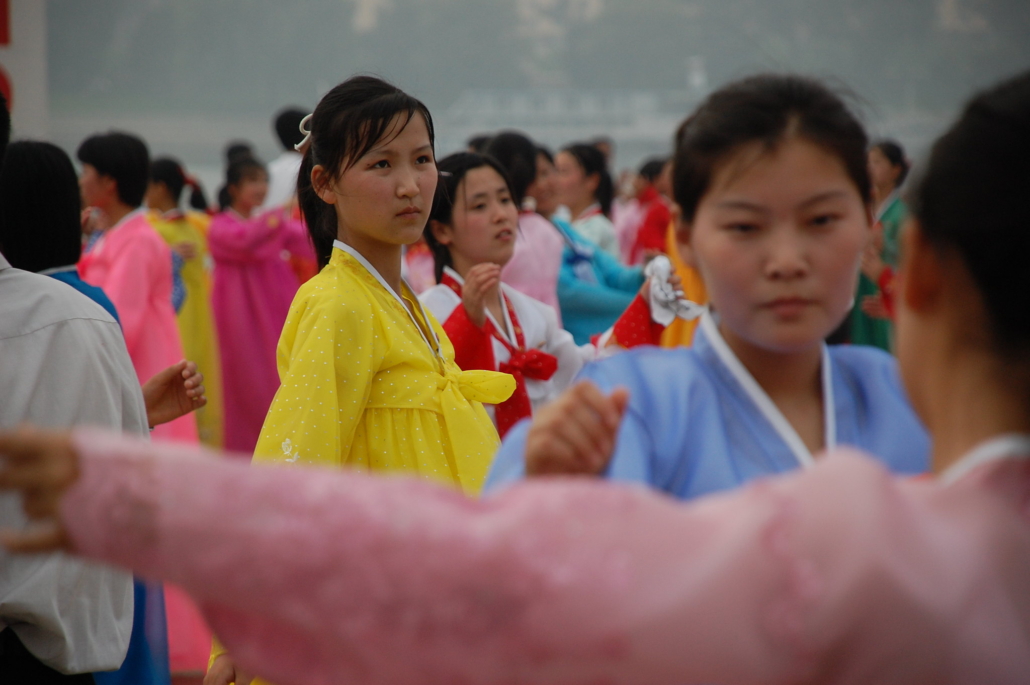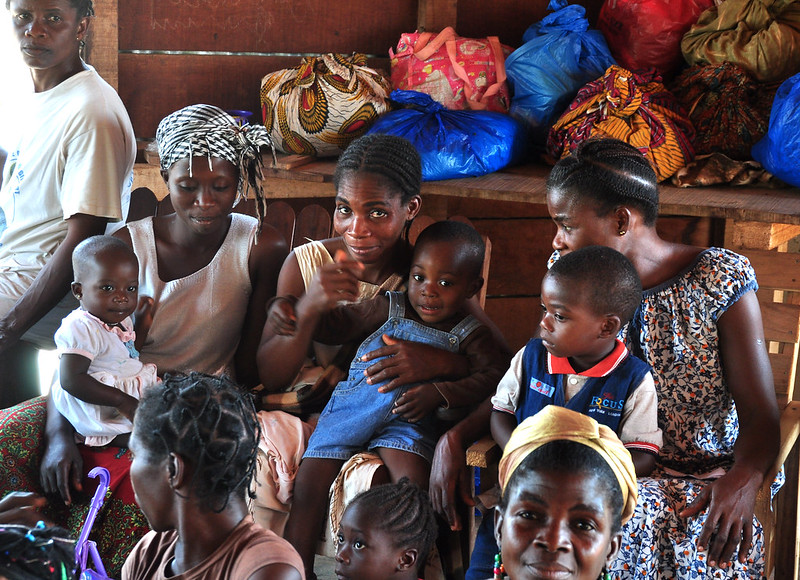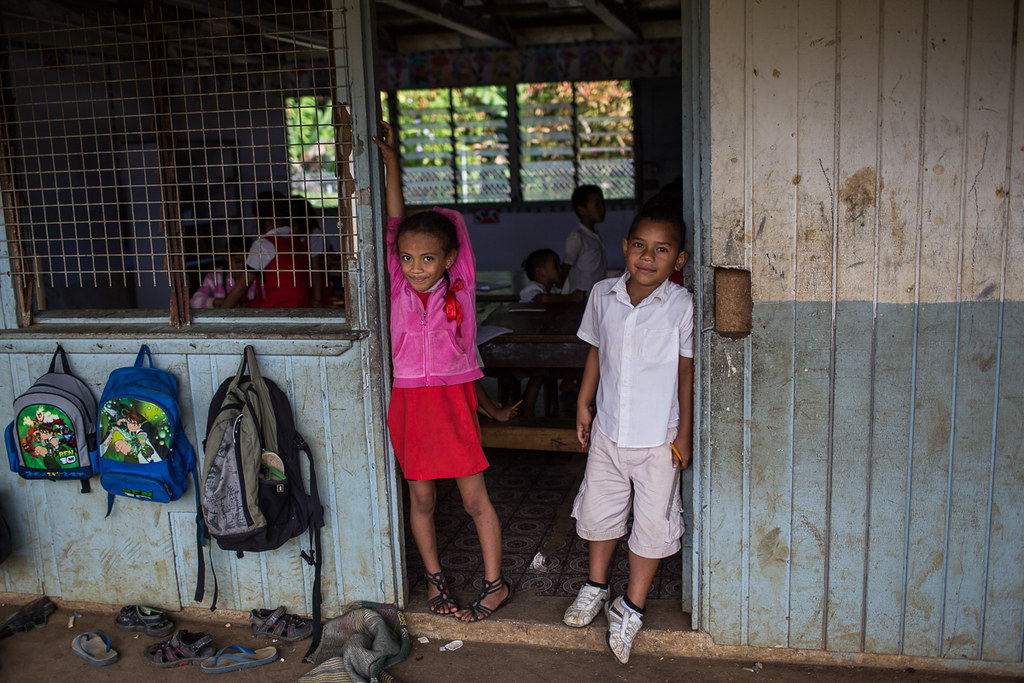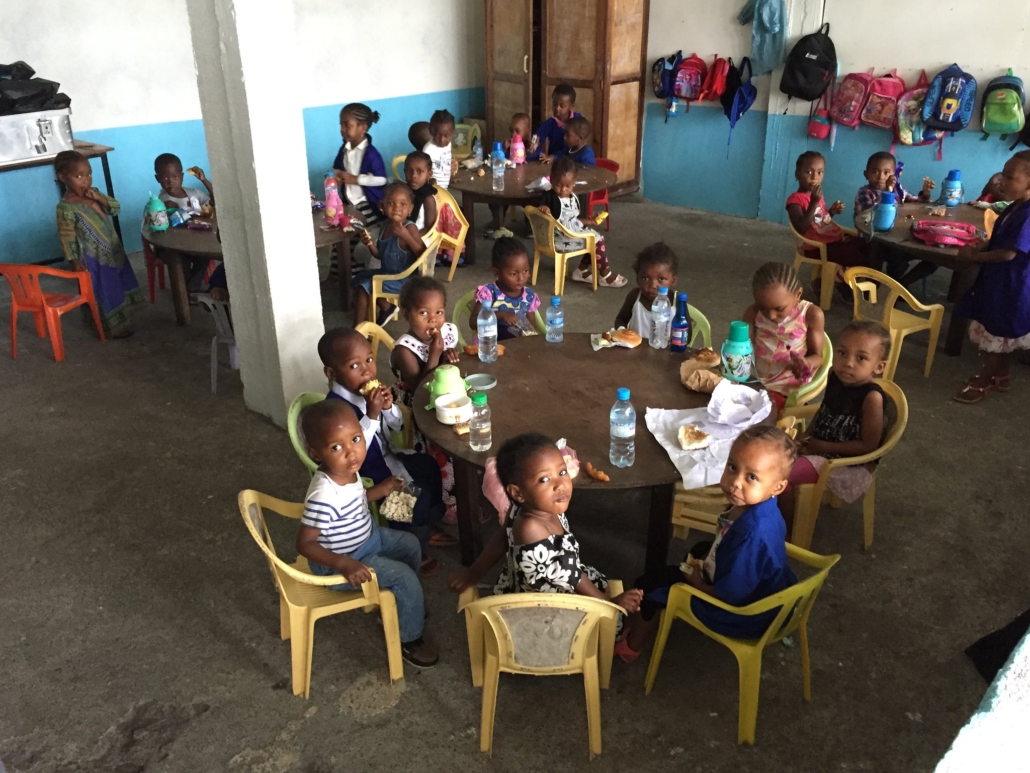
Burkina Faso is a landlocked West African country with an estimated population of 22 million people as of 2021. The country identifies as a hotspot for human trafficking but the government and organizations are taking action to reduce the prevalence of human trafficking in Burkina Faso.
Leading Causes and Issues
The U.S. Department of State classifies Burkina Faso as a Tier 2 nation in its 2022 Trafficking in Persons Report. This indicates that despite not yet entirely meeting the requirements for eradicating trafficking, the Burkinabe government is putting much effort into doing so. However, the government is struggling in certain areas, such as providing services to trafficking victims and holding offenders accountable.
Social issues such as poverty, gender inequality and a lack of education contribute to the prevalence of human trafficking in Burkina Faso. In addition, Burkina Faso has a large population of vulnerable people, with more than 40% living below the poverty line. Women and girls are particularly vulnerable to trafficking for purposes of sexual exploitation and involuntary work, while children are targeted for forced labor in industries such as mining and agriculture.
In its 2022 Trafficking in Persons Report, the U.S. Department of State says that “an international organization estimates between 200,000 to 300,000 children work in artisanal mining sites, some of whom may be trafficking victims. Traffickers exploit girls in sex trafficking in Ouagadougou and in mining towns.”
The COVID-19 pandemic exacerbated poverty and heightened economic desperation, increasing the risk of people falling for the lures of traffickers. In addition, school closures exposed out-of-class children to higher risks of exploitation.
Anti-Trafficking Measures
According to the 2022 report, Burkina Faso’s government has implemented some alleviatory measures against human trafficking. For instance, “establishing child protection units in law enforcement offices throughout the country, identifying potential trafficking victims and continuing its program with Quranic teachers to prevent child forced begging.” Burkina Faso’s government also partnered with international groups and foreign donors to introduce a “humanitarian response plan to assist vulnerable people in conflict-affected areas, including potential trafficking victims.”
The government also strengthened law enforcement and judicial capacities, with Articles 511-1 to 511-5 of the penal code criminalizing sex trafficking and labor trafficking. The penalties included up to 10 years of jail time and up to 5 million West African CFA francs (FCFA) ($8,790) for offenses on victims older than 15 years. A fine of up to 10 million FCFA is applicable for offenses involving victims 15 and younger.
Terre des Hommes
In 2002, Terre des Hommes, an international children’s rights organization, committed efforts toward fighting human trafficking in Burkina Faso in relation to child trafficking and labor exploitation. At the core, the organization strives to safeguard children from exploitation and maltreatment. The organization works with the local communities in Burkina Faso to spread awareness about human trafficking risks and share tips on how to prevent the recruitment of children. The charity also offers shelter and medical care to victims of trafficking.
According to the 2020 Terre des Hommes International Federation’s annual report, the organization’s African programs successfully supported 11 countries in sub-Saharan Africa, including Burkina Faso. These programs reached more than 3.5 million children and other community members, including those at risk of trafficking and exploitation.
Burkina Faso received support in the following programs: mother and child health, migration, access to justice humanitarian aid and transversal protection. The support included providing access to education, health care and protection services alongside raising awareness about children’s rights and trafficking-related issues. These efforts reached more than 1.9 million beneficiaries.
The Bright Side
Although human trafficking remains a major issue in Burkina Faso, a number of human rights groups and programs continue working to bring it to an end. The Burkinabe government and organizations like Terre des Hommes aim to further the progress in the fight against human trafficking and safeguard the rights of the most vulnerable people.
– Lorraine Lin
Photo: Pixabay
 Over the past two decades, the Saint Lucian government has made notable efforts, including enacting anti-trafficking laws, to alleviate human trafficking in Saint Lucia. In the
Over the past two decades, the Saint Lucian government has made notable efforts, including enacting anti-trafficking laws, to alleviate human trafficking in Saint Lucia. In the 







